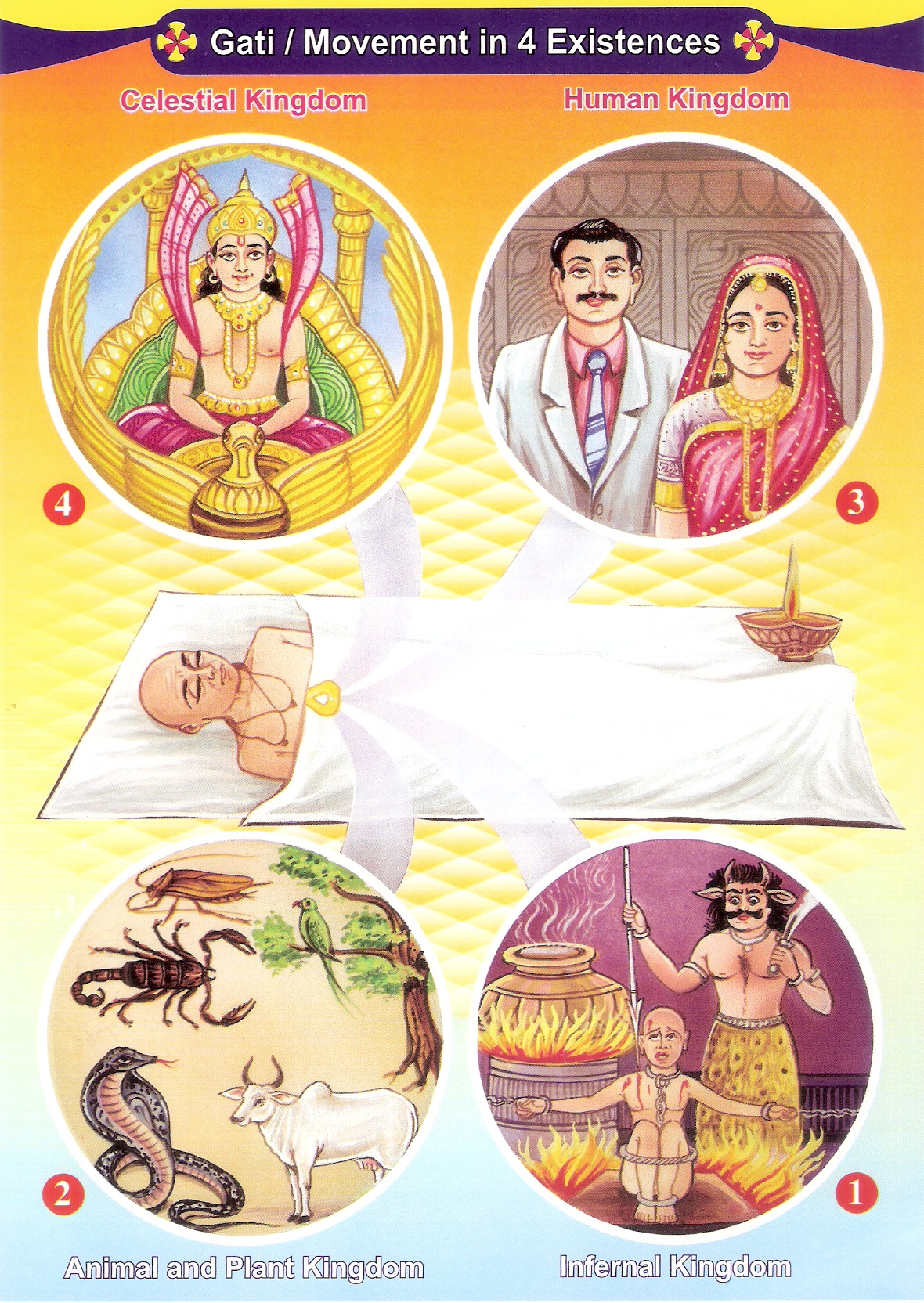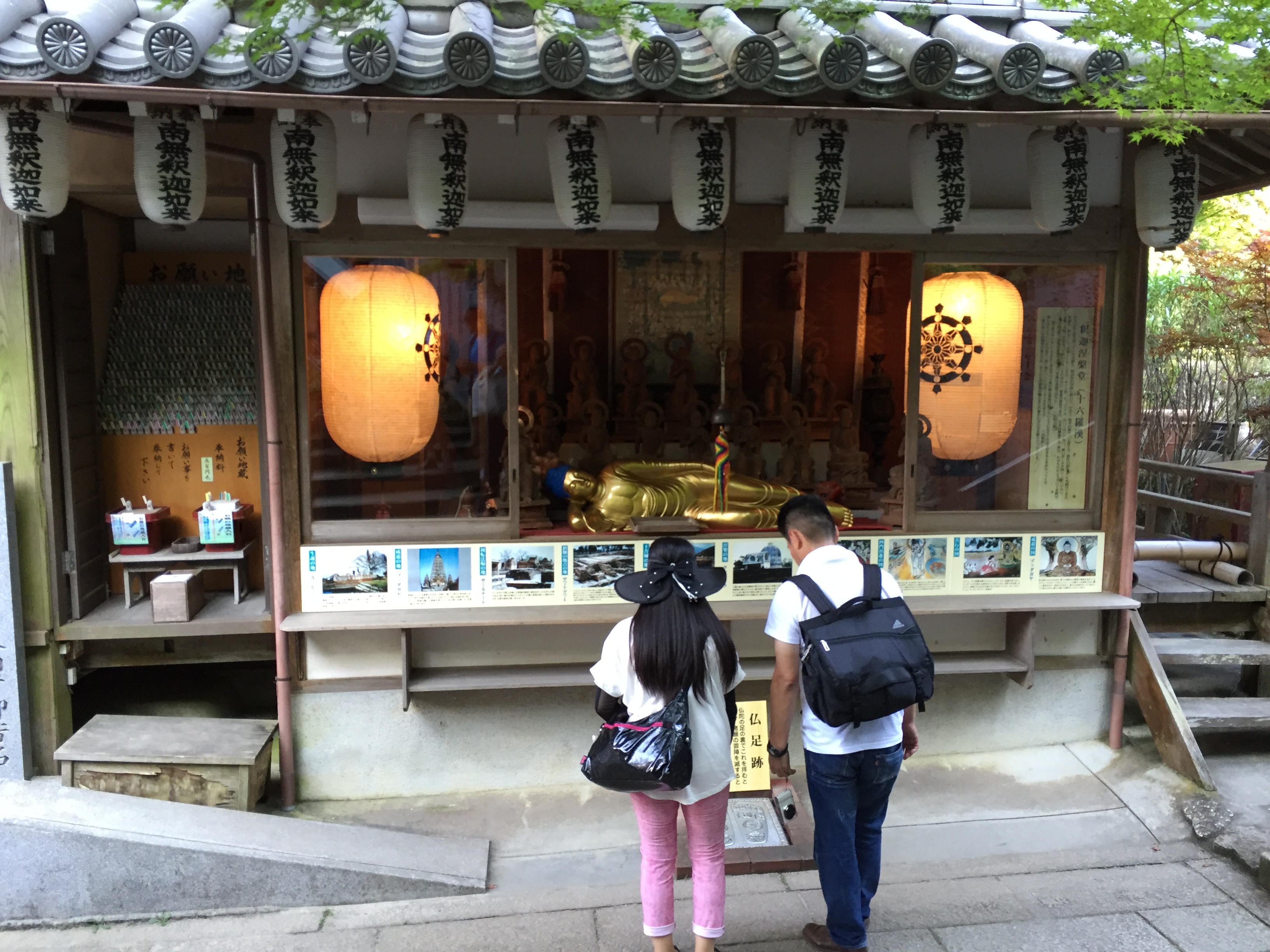|
Ashokavadana
The Ashokavadana ( sa, अशोकावदान; ; "Narrative of Ashoka") is an Indian Sanskrit-language text that describes the birth and reign of the Third Mauryan Emperor Ashoka. It contains legends as well as historical narratives, and glorifies Ashoka as a Buddhist emperor whose only ambition was to spread Buddhism far and wide. ''Ashokavadana,'' also known as ''Ashokarajavadana,'' is one of the avadana texts contained in the Divyavadana (''Divyāvadāna'', "Divine Narrative"), an anthology of several Buddhist legends and narratives. According to Jean Przyluski, the text was composed by the Buddhist monks of the Mathura region, as it highly praises the city of Mathura, its monasteries and its monks. Date of composition There are several versions of ''Ashokavadana'', dating from 5th century CE to 16th century CE. Some date the earliest finished form of the text back to 2nd century CE, although its oral origins may go back to 2nd century BCE. The extant version of '' ... [...More Info...] [...Related Items...] OR: [Wikipedia] [Google] [Baidu] |
Ashoka
Ashoka (, ; also ''Asoka''; 304 – 232 BCE), popularly known as Ashoka the Great, was the third emperor of the Maurya Empire of Indian subcontinent during to 232 BCE. His empire covered a large part of the Indian subcontinent, stretching from present-day Afghanistan in the west to present-day Bangladesh in the east, with its capital at Pataliputra. A patron of Buddhism, he is credited with playing an important role in the spread of Buddhism across ancient Asia. Much of the information about Ashoka comes from his Brahmi edicts, which are among the earliest long inscriptions of ancient India, and the Buddhist legends written centuries after his death. Ashoka was son of Bindusara, and a grandson of the dynasty's founder Chandragupta. During his father's reign, he served as the governor of Ujjain in central India. According to some Buddhist legends, he also suppressed a revolt in Takshashila as a prince, and after his father's death, killed his brothers to ascend ... [...More Info...] [...Related Items...] OR: [Wikipedia] [Google] [Baidu] |
Ashoka's Hell
Ashoka's Hell was, according to legend, an elaborate torture chamber disguised as a beautiful palace full of amenities such as exclusive baths and decorated with flowers, fruit trees and ornaments. It was built by Emperor Ashoka (304–232 BCE) in Pataliputra (modern-day Patna, India), the capital city of the Maurya Empire. The torture palace's legend is detailed in the ''Ashokavadana'', the text that describes Emperor Ashoka's life through both legendary and historical accounts. According to legend, the palatial torture chamber was artfully designed to make its exterior visually pleasing, and was referred to as the "beautiful gaol". Beneath the veneer of beauty and deep inside the exclusive mansion, however, chambers were constructed filled with sadistic and cruel instruments of torture—including furnaces used to melt the metals that were to be poured on prisoners. The narrative states the chamber's architect drew inspiration from the five tortures of the Buddhist hell. The ''A ... [...More Info...] [...Related Items...] OR: [Wikipedia] [Google] [Baidu] |
Maurya Empire
The Maurya Empire, or the Mauryan Empire, was a geographically extensive Iron Age historical power in the Indian subcontinent based in Magadha, having been founded by Chandragupta Maurya in 322 BCE, and existing in loose-knit fashion until 185 BCE. Quote: "Magadha power came to extend over the main cities and communication routes of the Ganges basin. Then, under Chandragupta Maurya (c.321–297 bce), and subsequently Ashoka his grandson, Pataliputra became the centre of the loose-knit Mauryan 'Empire' which during Ashoka's reign (c.268–232 bce) briefly had a presence throughout the main urban centres and arteries of the subcontinent, except for the extreme south." The Maurya Empire was centralized by the conquest of the Indo-Gangetic Plain, and its capital city was located at Pataliputra (modern Patna). Outside this imperial center, the empire's geographical extent was dependent on the loyalty of military commanders who controlled the armed cities sprinkling it. During Ash ... [...More Info...] [...Related Items...] OR: [Wikipedia] [Google] [Baidu] |
Divyavadana
The ''Divyāvadāna'' or Divine narratives is a Sanskrit anthology of Buddhist avadana tales, many originating in Mūlasarvāstivādin vinaya texts. It may be dated to 2nd century CE. The stories themselves are therefore quite ancient and may be among the first Buddhist texts ever committed to writing, but this particular collection of them is not attested prior to the seventeenth century. Typically, the stories involve the Buddha explaining to a group of disciples how a particular individual, through actions in a previous life, came to have a particular karmic result in the present. A predominant theme is the vast merit (') accrued from making offerings to enlightened beings or at stupas and other holy sites related to the Buddha. Contents The anthology contains 38 avadana stories in all, including the well-known '' Aśokāvadāna'' "Legend of Aśoka", which was translated into English by John Strong (Princeton, 1983). The collection has been known since the dawn of Buddhist studi ... [...More Info...] [...Related Items...] OR: [Wikipedia] [Google] [Baidu] |
Mauryan Empire
The Maurya Empire, or the Mauryan Empire, was a geographically extensive Iron Age historical power in the Indian subcontinent based in Magadha, having been founded by Chandragupta Maurya in 322 BCE, and existing in loose-knit fashion until 185 BCE. Quote: "Magadha power came to extend over the main cities and communication routes of the Ganges basin. Then, under Chandragupta Maurya (c.321–297 bce), and subsequently Ashoka his grandson, Pataliputra became the centre of the loose-knit Mauryan 'Empire' which during Ashoka's reign (c.268–232 bce) briefly had a presence throughout the main urban centres and arteries of the subcontinent, except for the extreme south." The Maurya Empire was centralized by the conquest of the Indo-Gangetic Plain, and its capital city was located at Pataliputra (modern Patna). Outside this imperial center, the empire's geographical extent was dependent on the loyalty of military commanders who controlled the armed cities sprinkling it. During Asho ... [...More Info...] [...Related Items...] OR: [Wikipedia] [Google] [Baidu] |
Upagupta
Upagupta (c. 3rd Century BC) was a Buddhist monk. According to some stories in the Sanskrit text Ashokavadana, he was the spiritual teacher of the Mauryan emperor Ashoka. In the Sarvāstivādin tradition he is the fifth patriarch after Mahākaśyapa, Ānanda, Madhyāntika, and Śāṇakavāsin, and in the Ch'an tradition he is regarded as the fourth. Upagupta's teacher was Śāṇavāsa, who was a disciple of Ānanda, the Buddha's attendant. Due to the absence of his name in Theravada literature it is assumed that Upagupta was a Sarvāstivādin monk. In South East Asian countries and Bangladesh Upagupta is a great cult figure. In Myanmar he is known as Shin Upagutta. In the Lokapannatti Upagupta is sent by Ashoka to tame Mara during an enshrinement ceremony festival, afterwards he asks her to take the physical form (rupakaya) of Buddha so that everyone at the festival can see what Buddha looked like. In literature Rabindranath Tagore in his poem 'Abhisar' collected in 'Katha' ... [...More Info...] [...Related Items...] OR: [Wikipedia] [Google] [Baidu] |
Gautama Buddha
Siddhartha Gautama, most commonly referred to as the Buddha, was a wandering ascetic and religious teacher who lived in South Asia during the 6th or 5th century BCE and founded Buddhism. According to Buddhist tradition, he was born in Lumbini, in what is now Nepal, to royal parents of the Shakya clan, but renounced his home life to live as a wandering ascetic ( sa, śramaṇa). After leading a life of begging, asceticism, and meditation, he attained enlightenment at Bodh Gaya in what is now India. The Buddha thereafter wandered through the lower Indo-Gangetic Plain, teaching and building a monastic order. He taught a Middle Way between sensual indulgence and severe asceticism, leading to Nirvana, that is, freedom from ignorance, craving, rebirth, and suffering. His teachings are summarized in the Noble Eightfold Path, a training of the mind that includes meditation and instruction in Buddhist ethics such as right effort, mindfulness, and '' jhana''. He di ... [...More Info...] [...Related Items...] OR: [Wikipedia] [Google] [Baidu] |
Mara (demon)
Mara ( sa, मार, '; si, මාරයා; or ; ja, 魔羅, Mara; also マーラ, ''Māra'' or 天魔, ''Tenma''; Tibetan Wylie: ''bdud''; km, មារ; my, မာရ်နတ်; th, มาร, Vietnamese: ma rà), in Buddhism, is a malignant celestial king who tempted Prince Siddhartha (Gautama Buddha) by trying to seduce him with the vision of beautiful women who, in various legends, are often said to be Mara's daughters. In Buddhist cosmology, Mara is associated with death, rebirth and desire. Nyanaponika Thera has described Mara as "the personification of the forces antagonistic to enlightenment." Etymology The word ''Māra'' comes from the Sanskrit form of the verbal root ''mṛ''. It takes a present indicative form ''mṛyate'' and a causative form ''mārayati'' (with strengthening of the root vowel from ṛ to ār). ''Māra'' is a verbal noun from the causative root and means 'causing death' or 'killing'. It is related to other words for death from the same ... [...More Info...] [...Related Items...] OR: [Wikipedia] [Google] [Baidu] |
Reincarnation
Reincarnation, also known as rebirth or transmigration, is the philosophical or religious concept that the non-physical essence of a living being begins a new life in a different physical form or body after biological death. Resurrection is a similar process hypothesized by some religions, in which a soul comes back to life in the same body. In most beliefs involving reincarnation, the soul is seen as immortal and the only thing that becomes perishable is the body. Upon death, the soul becomes transmigrated into a new infant (or animal) to live again. The term transmigration means passing of soul from one body to another after death. Reincarnation (''Punarjanma'') is a central tenet of the Indian religions such as Buddhism, Hinduism, Jainism, and Sikhism; as well as certain Paganist religious groups, although there are Hindu and Buddhist groups who do not believe in reincarnation, instead believing in an afterlife. In various forms, it occurs as an esoteric belief in many s ... [...More Info...] [...Related Items...] OR: [Wikipedia] [Google] [Baidu] |
Mathura
Mathura () is a city and the administrative headquarters of Mathura district in the Indian state of Uttar Pradesh. It is located approximately north of Agra, and south-east of Delhi; about from the town of Vrindavan, and from Govardhan. In ancient times, Mathura was an economic hub, located at the junction of important caravan routes. The 2011 Census of India estimated the population of Mathura at 441,894. In Hinduism, Mathura is birthplace of Krishna, which is located at the Krishna Janmasthan Temple Complex. It is one of the Sapta Puri, the seven cities considered holy by Hindus, also called Mokshyadayni Tirth. The Kesava Deo Temple was built in ancient times on the site of Krishna's birthplace (an underground prison). Mathura was the capital of the kingdom of Surasena, ruled by Kansa, the maternal uncle of Krishna. Mathura is part of the Lord Krishna circuit (Mathura,Vrindavan, Barsana, Govardhan, Kurukshetra, Dwarka and Bhalka). Janmashtami is grandly celebrate ... [...More Info...] [...Related Items...] OR: [Wikipedia] [Google] [Baidu] |
Parinirvana
In Buddhism, ''parinirvana'' (Sanskrit: '; Pali: ') is commonly used to refer to nirvana-after-death, which occurs upon the death of someone who has attained ''nirvana'' during their lifetime. It implies a release from '' '', karma and rebirth as well as the dissolution of the ''skandhas''. In some Mahāyāna scriptures, notably the ''Mahāyāna Mahāparinirvāṇa Sūtra'', ''parinirvāṇa'' is described as the realm of the eternal true Self of the Buddha. In the Buddha in art, the event is represented by a reclining Buddha figure, often surrounded by disciples. Nirvana after death In the Buddhist view, when ordinary people die, each person's unresolved karma passes on to a new birth instantaneously; and thus the karmic inheritance is reborn in one of the six realms of '' samsara''. However, when a person attains nirvana, they are liberated from karmic rebirth. When such a person dies, it is the end of the cycle of rebirth, the Samsara and the Karma. Contemporary scholar Ru ... [...More Info...] [...Related Items...] OR: [Wikipedia] [Google] [Baidu] |



.jpg)


